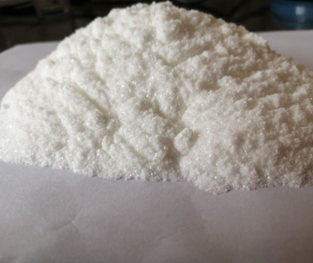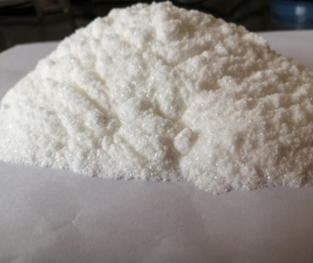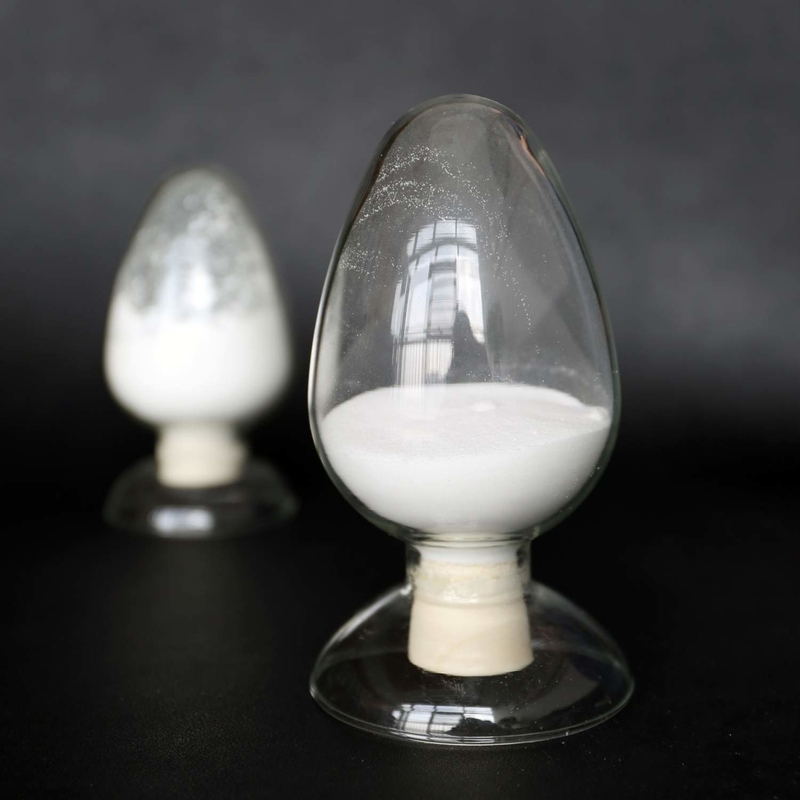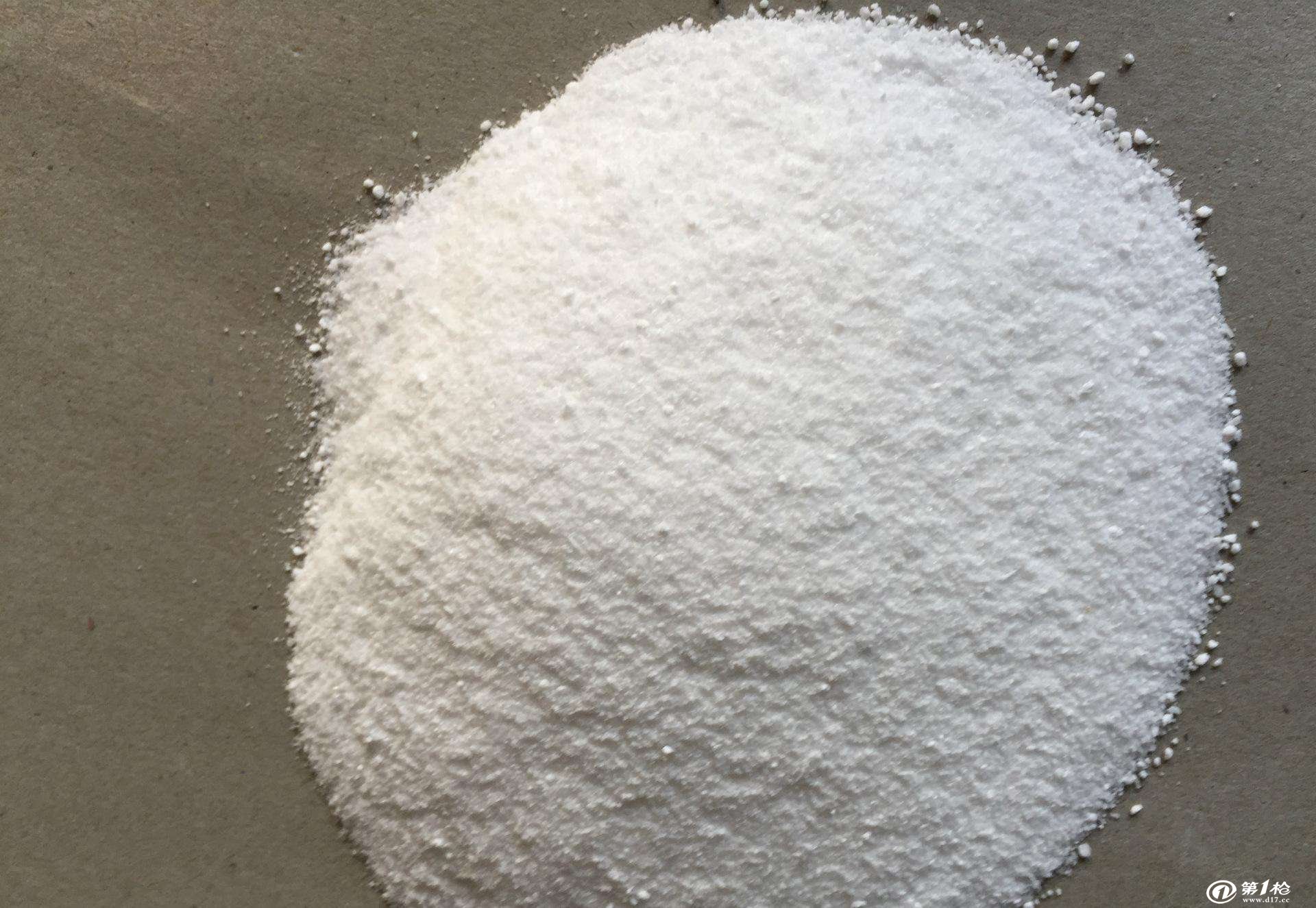News
-
Regulations and guidelines for the safe handling and disposal of Dichloroacetonitrile
Dichloroacetonitrile, with the chemical formula C2HCl2N and CAS number 3018-12-0, is a versatile compound used in various organic synthesis processes. It is also used as a solvent due to its ability to dissolve a wide range of substances. However, it is crucial to adhere to strict regulations and...Read more -
Exploring the Functional Uses of 2-Chloroacetamide in Chemical Synthesis
2-Chloroacetamide, with its CAS number 79-07-2, is a key chemical compound that is widely used in various chemical synthesis processes. It is an essential building block for the synthesis of a range of organic compounds, including chloroacetonitrile and sulfamethylpyrazine. Its versatile applicat...Read more -
Understanding the Safety of Bronopol in Cosmetic Formulations
Bronopol, with the CAS No. 52-51-7, is a commonly used preservative and bactericide in cosmetic formulations. Its ability to effectively prevent and control a variety of plant pathogenic bacteria makes it a popular choice for cosmetic manufacturers. However, there has been some concern about the ...Read more -
Eco-Friendly Alternatives to Bronopol in Skincare and Beauty Products
In recent years, there has been a growing awareness of the harmful effects of certain chemicals used in skincare and beauty products. One such chemical is bronopol, also known as 2-bromo-2-nitro-1,3-propanediol, with the CAS No. 52-51-7. This chemical is commonly used as a preservative and bacter...Read more -
The Role of Tetrabutylammonium Iodide in Catalysis and Ionic Liquids
Tetrabutylammonium iodide, also known as TBAI, is a quaternary ammonium salt with the chemical formula C16H36IN. Its CAS number is 311-28-4. Tetrabutylammonium iodide is a widely used compound in various chemical processes, especially in catalysis and ionic liquids. This versatile compound serves...Read more -
Exploring the Environmental Impact of Formamidine Hydrochloride in Manufacturing Processes
Formamidine hydrochloride, with CAS No.: 6313-33-3, is a chemical compound that has gained attention in recent years due to its use in various manufacturing processes. However, there has been growing concern over the environmental impact of formamidine hydrochloride, particularly in terms of its ...Read more -
Understanding the Role of Formamidine Hydrochloride in Pharmaceutical Production
Formamidine hydrochloride, with its CAS number 6313-33-3, is a key ingredient in pharmaceutical production. Understanding its role in this industry is crucial for producing high-quality drugs. Formamidine hydrochloride is a chemical compound that is commonly used as a reagent in organic chemistry...Read more -
The Uses and Benefits of Formamidine Hydrochloride in Chemical Reactions
Formamidine hydrochloride, with the CAS No.: 6313-33-3, is a chemical compound that has a wide range of uses and benefits in various chemical reactions. It is commonly used as a reagent in organic synthesis and as a catalyst in various reactions due to its unique properties and versatility. In th...Read more -

Tetrabutylammonium Iodide: A Promising Catalyst for Green and Sustainable Chemistry Applications
Tetrabutylammonium Iodide (CAS No.: 311-28-4) is a white crystal or white powder that has been gaining attention for its potential as a catalyst for green and sustainable chemistry applications. With its versatile applications as a phase transfer catalyst, ion pair chromatography reagent, polarog...Read more -

The Role of Tetrabutylammonium Iodide in Catalyzing Key Chemical Reactions
Tetrabutylammonium Iodide, with CAS No.: 311-28-4, is a crucial compound in the field of organic synthesis. It plays a significant role as a phase transfer catalyst, ion pair chromatography reagent, and polarographic analysis reagent. Tetrabutylammonium Iodide is widely used to catalyze key chemi...Read more -

Formamidine Acetate in Pharmaceutical Research: Accelerating Drug Development and Delivering Better Therapies
In the field of pharmaceutical research, finding new ways to accelerate drug development and deliver more effective therapies is a constant pursuit. Enter formamidine acetate – a compound that has shown immense potential in medicinal chemistry. From its role as a building block for innovative dru...Read more -

Sustainable Agriculture Made Possible with Formamidine Acetate: Enhancing Crop Yield and Disease Resistance
In the pursuit of feeding a rapidly growing global population, the need for sustainable agricultural practices has become more crucial than ever before. Traditional farming methods often rely heavily on the use of chemical fertilizers, which not only pose a threat to the environment but also lead...Read more




